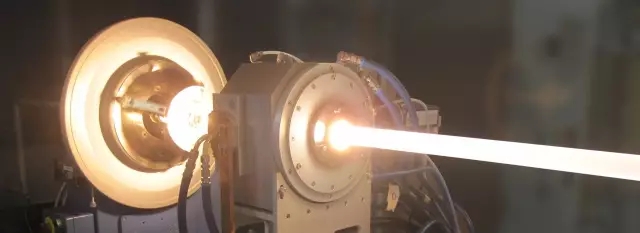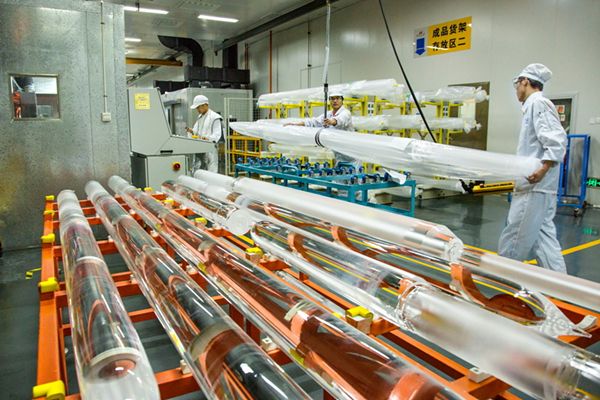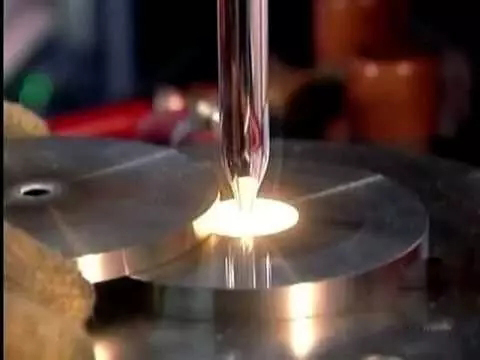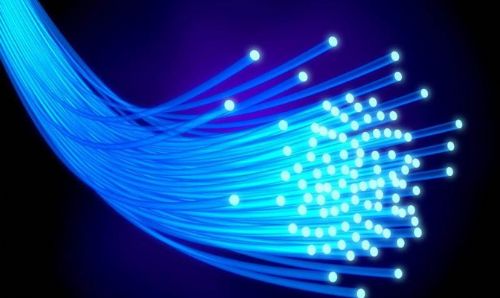At the beginning of the 19th century, humans discovered that light can be propagated in medium such as water and glass by the principle of total internal reflection. Some people began to realize that if we can pull out ultra-fine glass filaments and realize long-distance transmission of light guides, it will be infinite. But scientists have tried countless ways to pull out long, thin, uniform and tough glass fibers. A physicist named C.V. Boys appeared. One day in 1887, C.V. Boys placed a heated glass rod on the crucible. When the glass rod melted, the trigger was pulled and a long piece of fiberglass was pulled out of the laboratory. C.V.Boys finally pulled out the world's first fiber, which is 9 feet long.
More than 100 years have passed, and nowadays fiber optics has become the blood vessels of the earth, densely distributed in the world, weaving a rich and wonderful information life for us. How is the fiber made today?
The manufacturing process of optical fiber is mainly divided into three processes: preform preparation, fiber drawing and testing.
Preform preparation
Preform rod production mainly includes MCVD, OVD, VAD and PCVD processes. This article only introduces MCVD process.


The MCVD (modified chemical vapor deposition) process was developed by Bell Labs in 1974. It introduces a gaseous mixture of SiCl4, GeCl4 and other chemicals into a quartz glass tube (cladding), rotates and heats it outside the quartz tube, and oxidizes silicon and germanium to form SiO2 and GeO2, and resides in the quartz tube. The main part of the fiber.
Fiber drawing

The preform is placed in a fiber drawing tower for drawing. The preform was drawn, drawn into a 125 μm thick fiber, and coated with two layers of resin to protect the strength of the fiber.
There is a graphite furnace in the fiber drawing tower, which can generate high temperature of 17000-2000 degrees, soften the preform, and then draw it into a slender fiber by the drawing wheel. The drawing tower has an information feedback system that feeds back the furnace temperature and the winding speed to precisely control the fiber diameter through a laser micrometer.

In order to enhance the strength of the fiber, a thin layer of resin should be coated on the fiber in time during the drawing process, and dried in time to avoid sticking to each other.
After the drawing is completed, the finished fiber needs to be tested, including: tensile strength, refractive index, fiber structure, attenuation, information carrying capacity (bandwidth), dispersion, operating temperature and humidity range.


